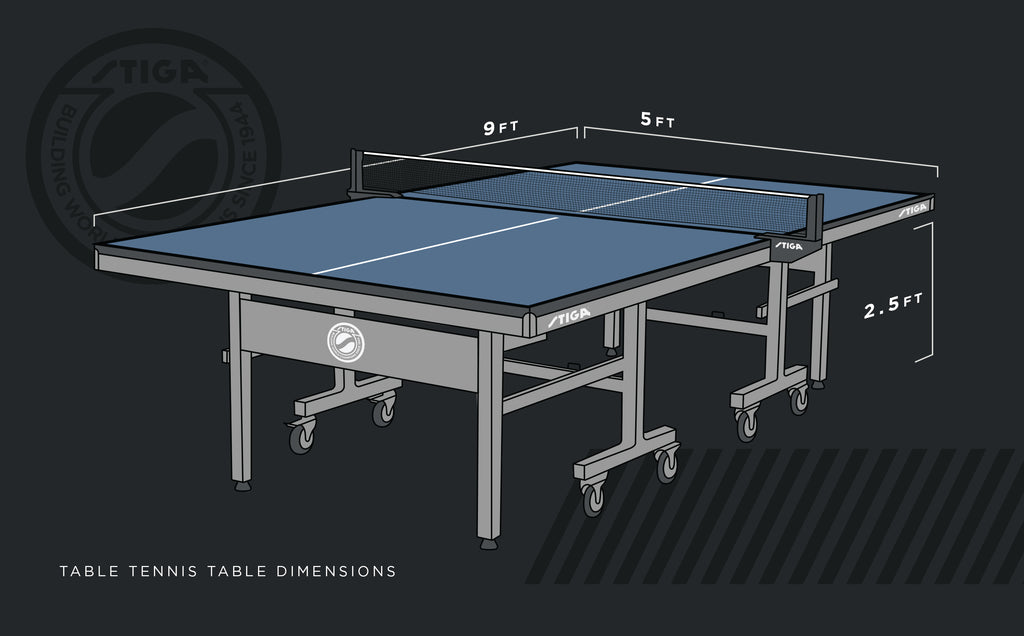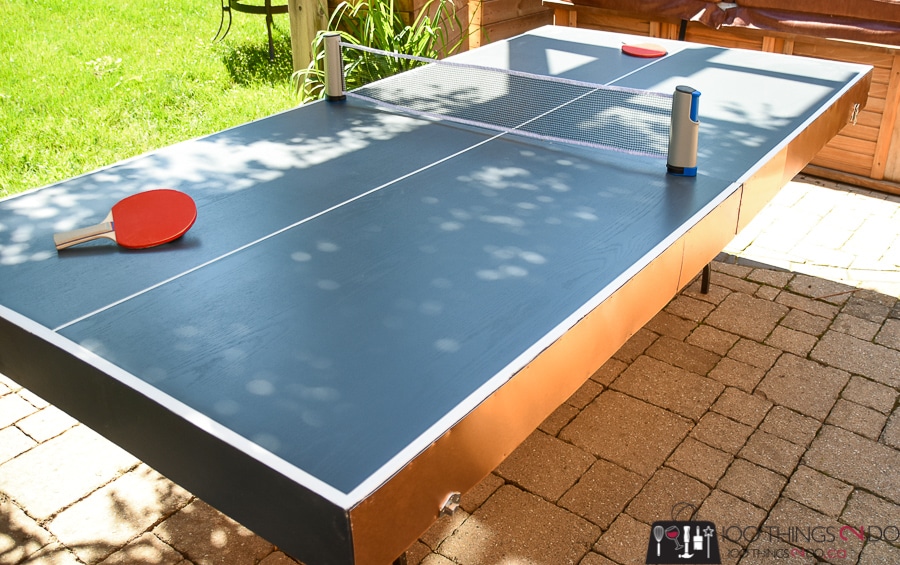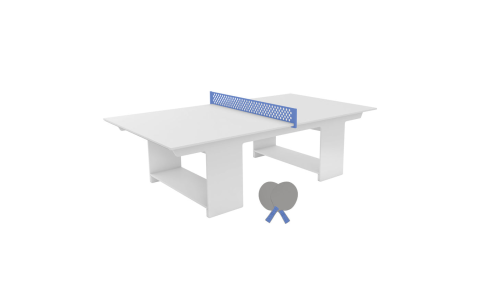A few weeks ago, I got really curious about what ping pong tables are made of. I mean, we all play on them, but do we really know what’s under that smooth surface? So, I dove in, did a bunch of digging, and played around with some materials myself. Here’s what I found out.
First off, I grabbed my old table tennis table from the garage. It’s been there for ages, and honestly, it’s seen better days. I started by just looking it over, tapping on the surface, trying to guess what it was made of. It felt pretty solid, but not super heavy like metal or anything. My initial guess was some kind of wood, but I wasn’t sure what kind.

Then, I started doing some research online. I learned that most table tennis tables are made from materials like particleboard, medium-density fiberboard, also known as MDF, and plywood. I found out these materials are pretty common because they’re durable and provide a consistent bounce for the ball. Apparently, they also put a thin laminate layer on top to make the surface smooth and even. This made sense considering how the ball always seemed to glide so nicely across the table.
- Experiment Time: I decided to get my hands dirty. I went to the local hardware store and picked up small pieces of particleboard, MDF, and plywood. I wanted to see and feel the differences for myself.
- Feel Test: Back home, I laid them out and started comparing. The particleboard was rougher, the MDF felt smoother and denser, and the plywood was somewhere in between but had a distinct layered look.
- Bounce Test: I couldn’t resist. I grabbed a ping pong ball and started testing the bounce on each material. Just as expected, they all felt different. The MDF gave the most consistent bounce, which I read is why it’s a popular choice.
What I Did Next:
I also read that some tables are made from things like metal, plastic, or even concrete, especially the outdoor ones. I didn’t have any of those on hand, but it made me appreciate the variety out there. And get this – the finishing of the table surface is super important too. It’s not just about the material but also how they finish it, which affects how the ball bounces and how much friction there is. The pros even have specific regulations from the International Table Tennis Federation about this stuff.
Oh, and I learned a fun fact about the balls themselves. They used to be made from something called celluloid, which is apparently super flammable! Now, they’re mostly made from a type of plastic, which is way safer. And as for those white lines on the table, some people get pretty creative with them. I read about someone using walnut for the boundary lines, which sounds fancy!
Also, I saw people were talking about flooring. The ideal floor for table tennis should have a textured sports surface. And guess what? Vinyl sports flooring is a big hit in the table tennis world. It’s all about that quick movement and spin, you know?
So, after all this hands-on exploration and digging around, I felt like I had a way better understanding of what goes into making a ping pong table. It’s not just slapping some wood together. There’s some real thought and engineering behind it, especially if you’re serious about the game. From the type of wood to the finish on top, every little detail matters in how the game is played. Plus, it was just fun to get a little DIY and see the materials up close. Now, every time I play, I can’t help but think about all the stuff I learned. Who knew there was so much to a ping pong table, right?












